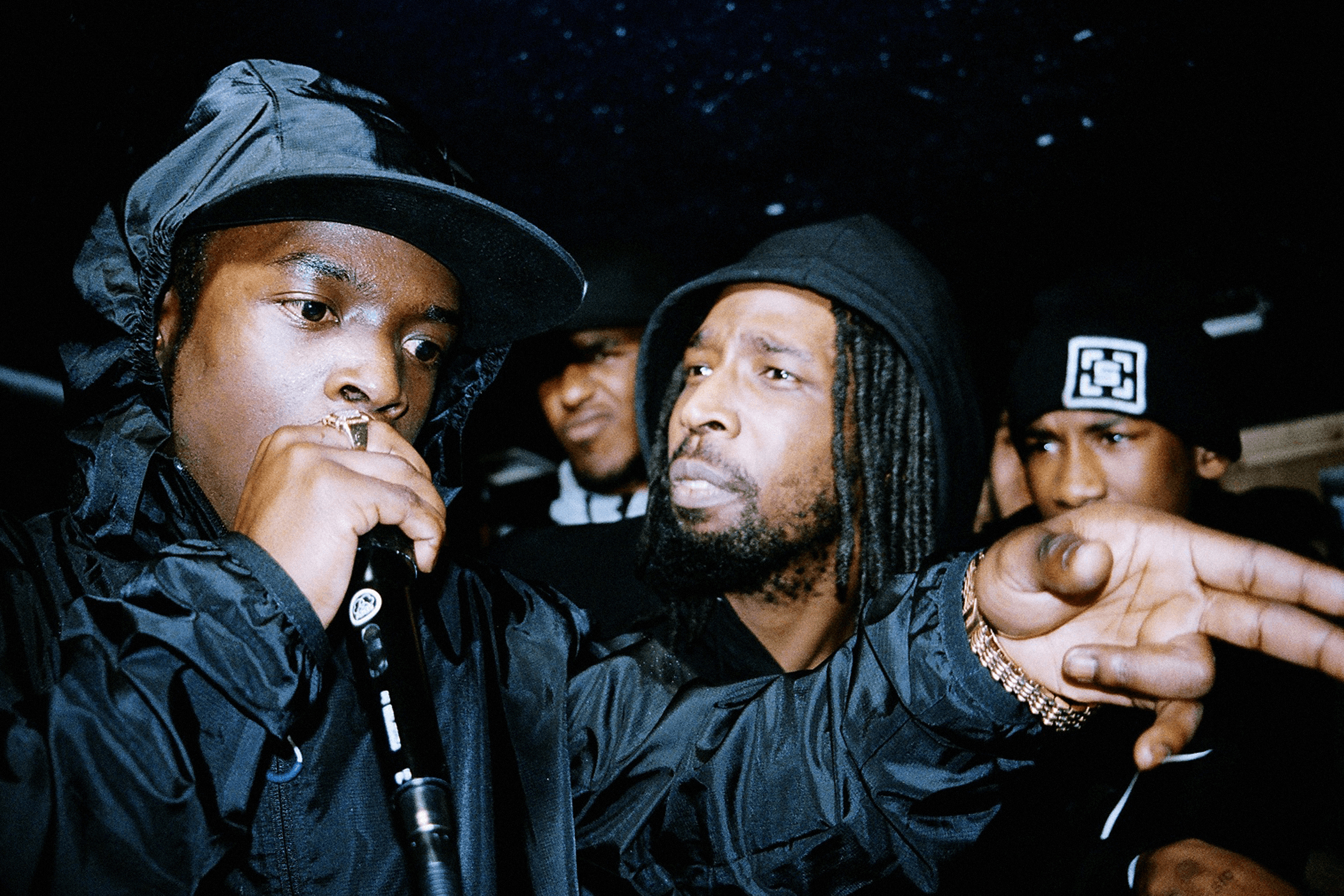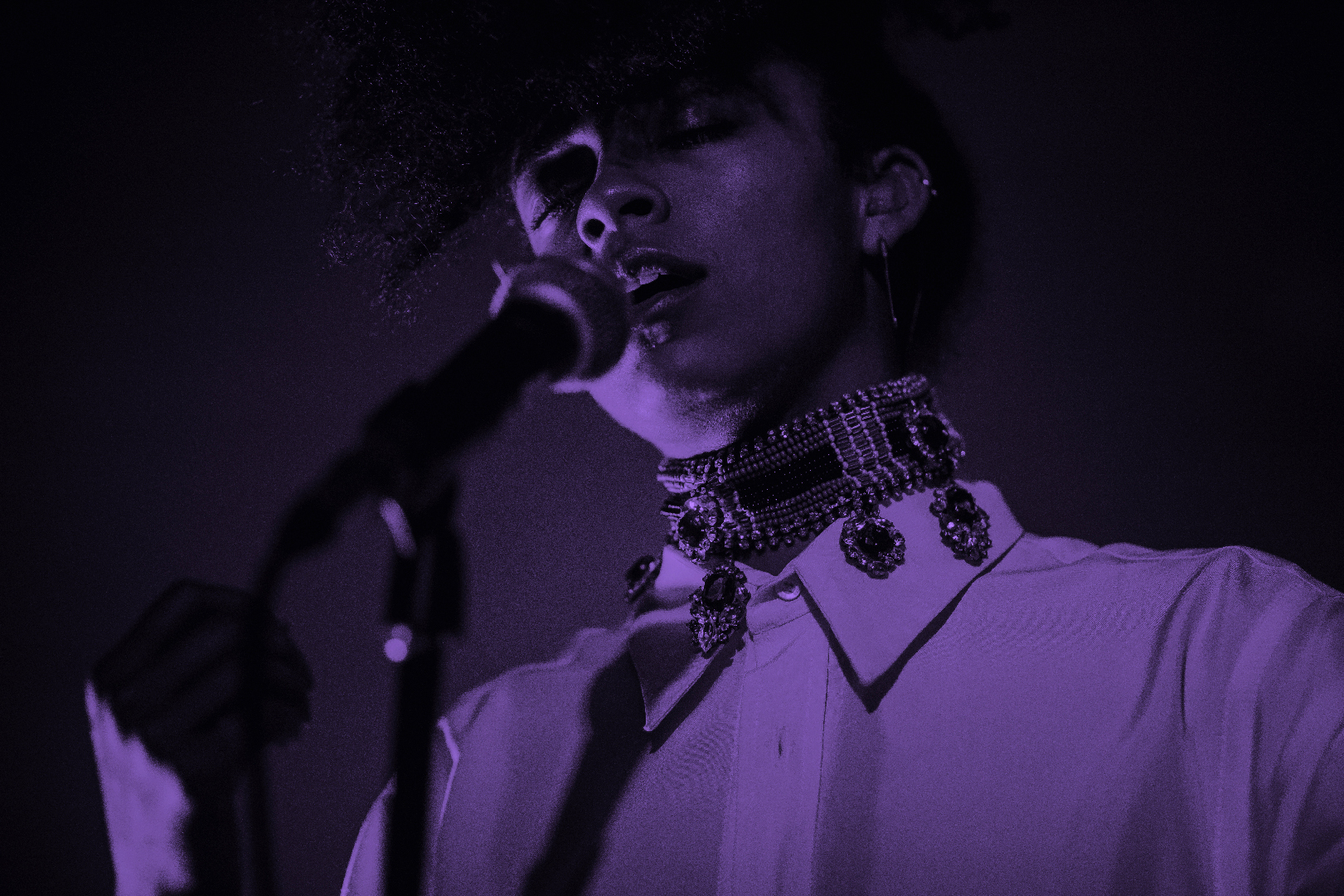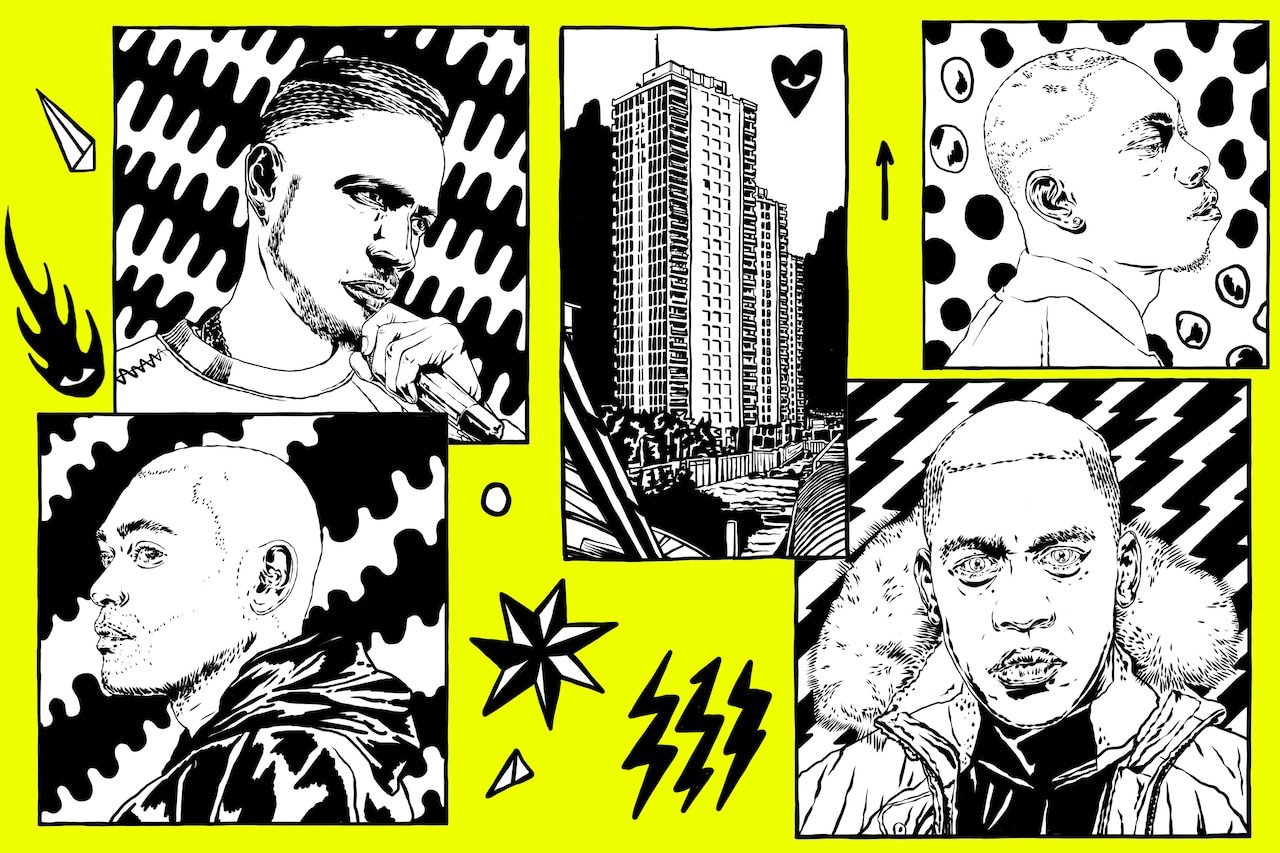
The Voices of Pirate Radio Grime
It may be hard to compute in our current climate of permanent visual exposure, but in the formative days of grime, most fans had no idea what their heroes looked like. This was largely about technology: YouTube didn’t appear until 2005, Instagram not until 2010 and Snapchat in 2011 – and all three took a little longer to really take off, anyway. Digital cameras hadn’t been adopted by the mainstream in the early 2000s and cameraphones were still the stuff of niche technology fairs. Away from the digital sphere, aside from a few exceptions like RWD and Deuce, the existing music print media were generally entirely uninterested in documenting the bastard child of UK garage booming out of the towerblocks of inner London. Notoriously grimy cable TV station Channel U launched in 2003, but its reach was limited, especially in the beginning, and few artists beyond Dizzee Rascal were making music videos for their tracks until at least a year or so later.
Some seminal live grime nights, like Young Man Standing and Eskimo Dance, took place in the first years of the new millennium, but unless you were there in person, and closely watched the chaotic, mob-handed stageshows, most of the genre’s young MC stars-in-waiting remained like pirate radio ninjas, skulking in the shadows. From 2001 through 2004, grime was for most listeners an almost entirely non-visual genre, in which the MC’s voice was of paramount importance. It was a genre built around the newest white-label dubplates, and MCs declaring their merky microphone brilliance through the fuzz and static of the illegal signals broadcast by local stations like Rinse FM, Deja Vu FM and Heat FM.
The de facto anonymity of pirate radio is something often romanticised by its fans: the otherworldly tunes played once but never again, and never released; the instrumentals, so fresh as to still be nameless, that go unidentified by the DJ; the unknown part-time MC who pops up to deliver 32 bars of pure fire, passes the mic and slips back into everyday life. As grime began to blow up, even the people in the heart of the action often wouldn’t recognise the faces of the hottest MCs on radio. Rooney Keefe created seminal grime DVD series Risky Roadz in 2004 largely because it was such a non-visual genre. At the time, Keefe was working behind the counter in grime’s foundational record shop on Roman Road in Bow E3: “Because everything was based around pirate radio it was all semi-anonymous. MCs would come into Rhythm Division, and I remember saying quietly to my colleague, ‘Oh, is that so-and-so?’”
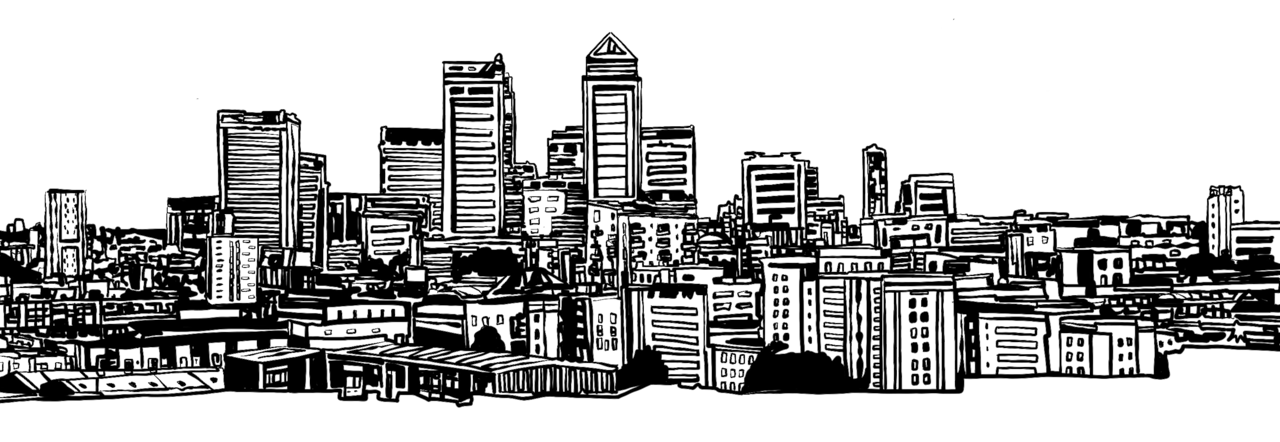
This peculiar context had a fascinating effect on the way the music evolved. Without getting too Darwinian about it, in a competitive and crowded field, the MCs were forced to evolve ever more distinctive vocal styles, ad-libs, accents and voices to be heard above the din on the pirate radio. Grime’s crew-led mentality intensified this. Quite simply, there would often just be a lot of MCs in the pirate studio at any one time. While some of their UK club culture antecedents would rely on one or at most two MCs hosting a two-hour radio set, on a grime set it wasn’t unusual to have five or more MCs passing the mic from one to the other. Some famous sets – such as Logan’s last show on Rinse FM, or the Deja set documented in the Conflict DVD – would have upwards of ten. From this clamorous culture came a generation of some of the most remarkable and idiosyncratic voices in the history of British MCs.
First amongst them, perhaps, is the MCs’ MC, D Double E – Skepta’s personal favourite, and Dizzee’s inspiration to pick up the mic. D Double is always the performer, the self-professed Newham General, with a “skippy” flow that moves between menace and comic melodrama, merkage and pisstaking, but always at a hundred miles an hour. Listen to his tone on an early 2000s pirate set, and you can never quite tell if he’s about to jump you or burst out laughing.
D Double came up as a teenager in the 1990s MCing over jungle, and the trilling and scatting common to that genre had, by the 2000s, mutated into clearer sets of lyrics, in full sentences and sets of 4, 8, 16 or 32 bars – but with the same ferocious energy of jungle. This bridging of the worlds of the jungle host and the storytelling rapper would become foundational to the very notion of what grime MCing was – long before anyone was calling it grime. As Wiley observed in 2016, “the root of all this grime MCing business” was people like him and D Double MCing at East London house parties in the 1990s – those grime elders would go on to create a whole new vocal style.
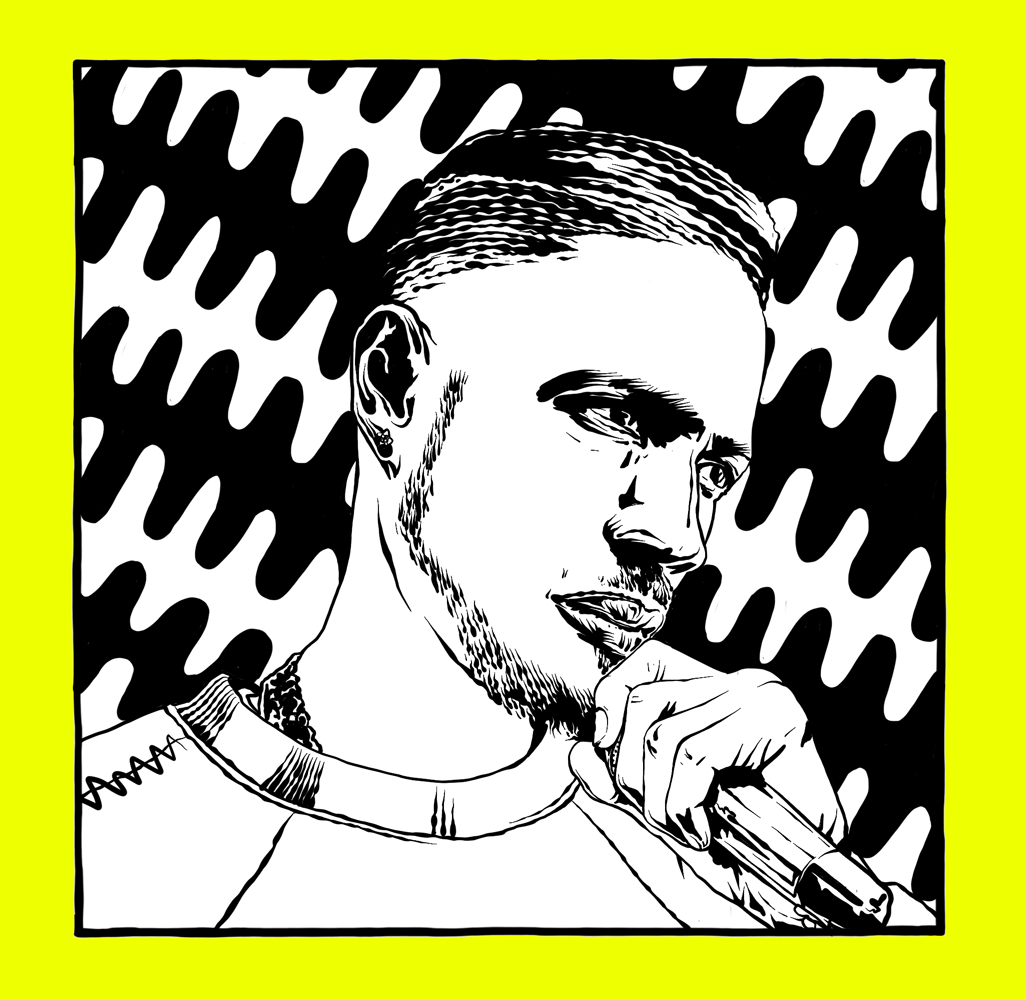
In D Double’s case, that lyrical style also came with his own vocal audio-logo, “The D Double signal,” a guttural, self-echoing growl which sounds something like: “Ooooerhhhhhh, ooooerhhhhhh — it’s muuuuweee, muuuuuweee... duuuuuerteee-tee” (“it’s me, me... dirty”). “The signal comes from about 2002,” he said earlier in 2018. “My mate got some decks, so I used to do bedroom sets and used to really go ham in them. You can just do anything – it’s not recording. Those spur of the moment things, that’s where the magic is.”
D Double is perhaps as famous for these ad-libs as he is for his lengthy sets of bars, and they served a vital purpose as instant identifier for the pirate radio listeners, a concise version of a boxer’s entrance music for the time-poor MC. “I think with ‘bluku bluku,’” D Double continued, “it’s because I’m Jamaican, but I’m representing the UK as well. We were between that cockney vibe and our Jamaican background – you can hear where we’re from.” As for the “bidibupbup” ad-lib, he said “That one? ‘Bidibupbup, bidibidbacktothe...’ that’s a little roll that I do, that’s from drum & bass, definitely.”
It’s an under-explored facet of grime’s playful theatricality that as well as a canny knack for inventing its own slang, the MCs would often push the boundaries of language altogether – although this has its own history, too. Simon Reynolds, describing pirate radio MC patter in the early 1990s in Energy Flash, pointed to the sensual thrill of hearing “an arsenal of non-verbal, incantatory techniques, bringing spoken language closer to the state of music: intonation, syncopation, alliteration, internal rhyme, slurring, rolling of ‘r’s, stuttering of consonants, twisting and stretching of vowels, comic accents, onomatopoeia.” It’s a legacy carried down the continuum of pirate sounds into grime’s cast of players — accompanying their bars with stylistic tics, accents and affections. MCs developed their own catchphrases to help identify themselves, bat signals beaming from the pirate transmitters into the night sky over Bow. Scratchy had his self-described “warrior charge” (“brreee brreee!”), Jammer a range of absurd and playful nonsense poetry (“are you dhaaaaaaauum?!” [dumb] “Seckk-kulllll – draw for the neckk-kulll”), Tempz simply announced his own name like he was about to clothesline you (“Teeeeeeeempz”), JME played with the comically over-pronounced “Serious!” and “Shhhhut Yuh Mouth,” and in a category of his own was Flirta D, whose extraordinary rhythmic sound affects and imitations took in computer game noises, explosions, snatches of sweetly sung R&B, jungle-style trilling and more – somewhere between scatting, beat-boxing and a malfunctioning sample pack.
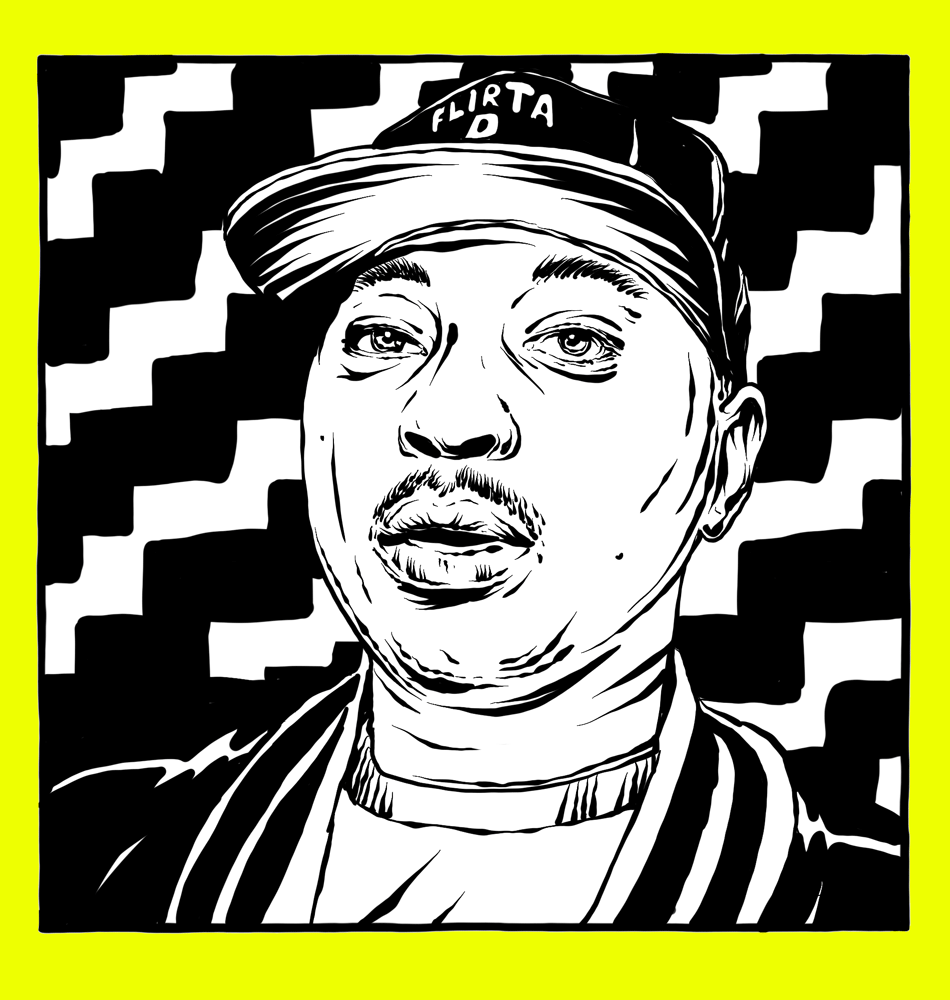
Grime lyrics and vernacular – grime grammar, even – draws on a wide range of roots and influences, but Caribbean English is unsurprisingly prominent, along with grime’s own neologisms, cockney rhyming slang and other pieces of what is known to linguists as MLE (Multicultural London English). There was a significant minority of grime MCs who used what’s sometimes called a “yardie flow,” a proudly Jamaican, often ragga-influenced, patois-heavy delivery, but which is often a more musical one, too. Others, like Riko Dan, excelled by switching comfortably in and out of “cockney and yardie,” as they felt the rhythm demanded.
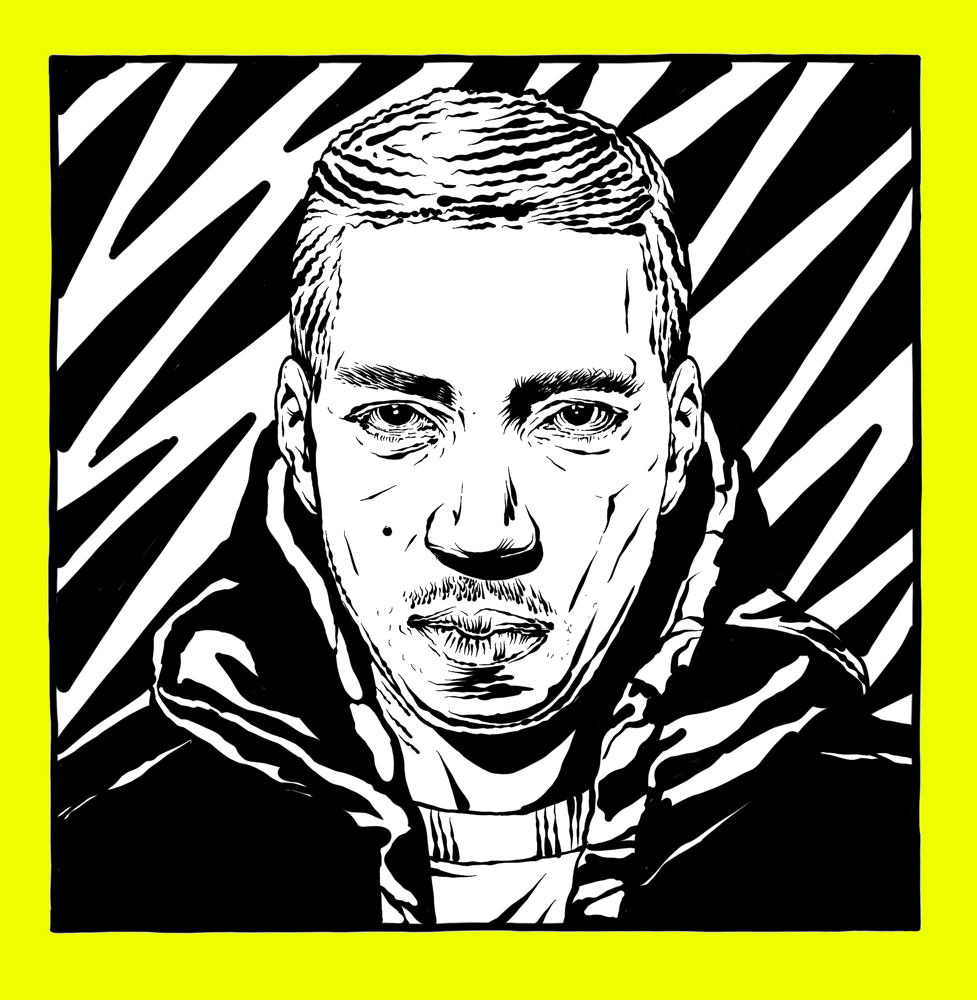
Meeting cheerful Pay As U Go MC Maxwell D in a pub in Peckham, he listed off the MCs who would deliver “that extra bashment, yard vibe” in the grime scene: “There’s Riko Dan, myself, Jamakabi, Flow Dan, Armour, Doctor, Durrty Goodz, God’s Gift… but the top MCs in grime were not dancehall, [but] people like Wiley and Dizzee. My style, the dancehall reggae style, grime doesn’t sit on it, the way it’s meant to, because it’s an English way. It actually helped me develop another style, because I started doing less of the bashment style and more of the English style, because I realised the kids, the black kids, weren’t really in tune with their culture no more, it was like an English culture. In my opinion even garage was more dancehall-orientated than grime, it was still rootified. But when grime come along, Dizzee and Wiley, they changed the lyrical style.” He barked an impression of Dizzee’s halting, staccato flow: “‘Take that Nokia! Get that, what!’ It was like rap, but an English vibe.”
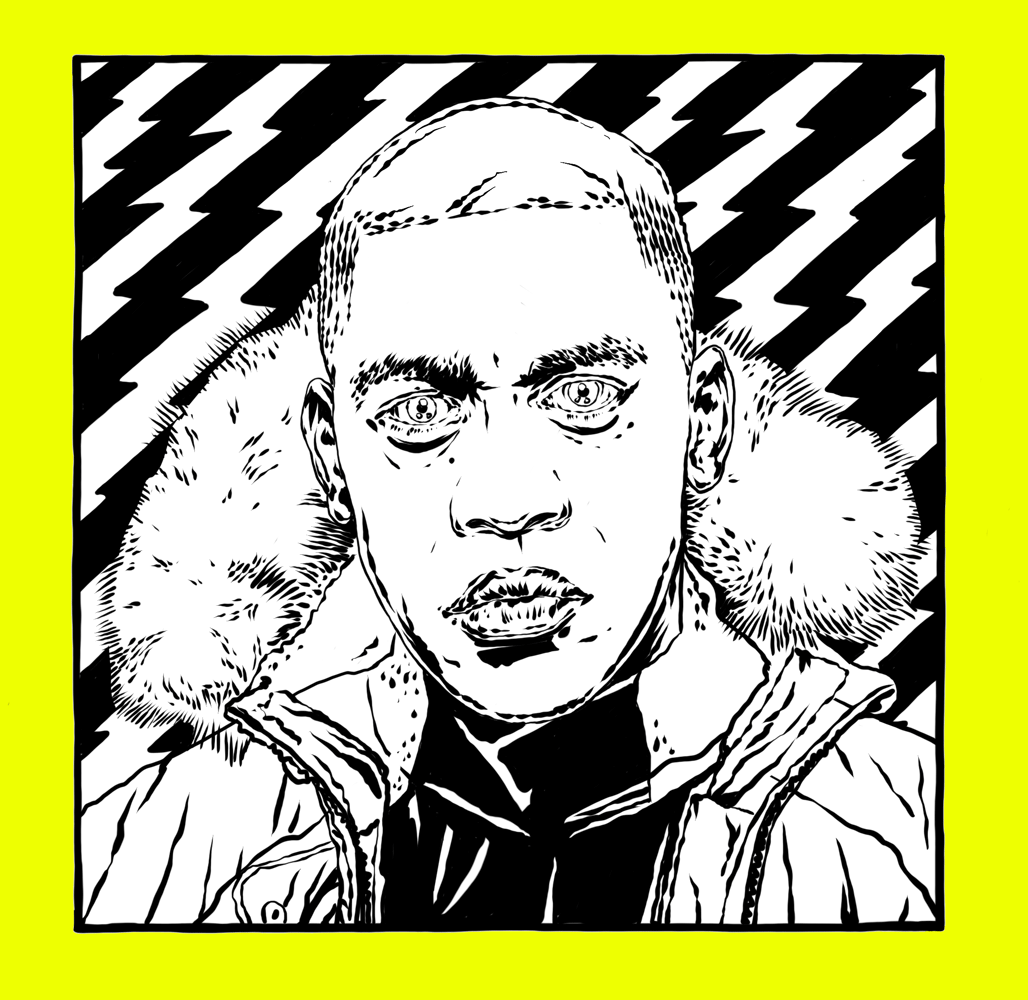
While the roots of grime’s vocal style and a great deal of its slang and idioms travelled across the Atlantic from the Caribbean, it’s a telling part of grime’s unique flavour that its accent is so often English, specifically London English. In the likes of UK hip-hop – a genre in itself, distinct from grime or road rap – the artists often borrowed genre tropes like turntablism and a fetishisation of “realness” and roots from the United States, not to mention hints of the American accent, too. "I thought it would be heavy to sound English,” Dizzee Rascal told Sound on Sound magazine in 2004. “I listen to a lot of US hip-hop, and I know that is how they talk in real life, but a lot of UK hip-hop doesn’t do that. My influences are from jungle, and many of those artists still keep their English accent, and I respected that.”
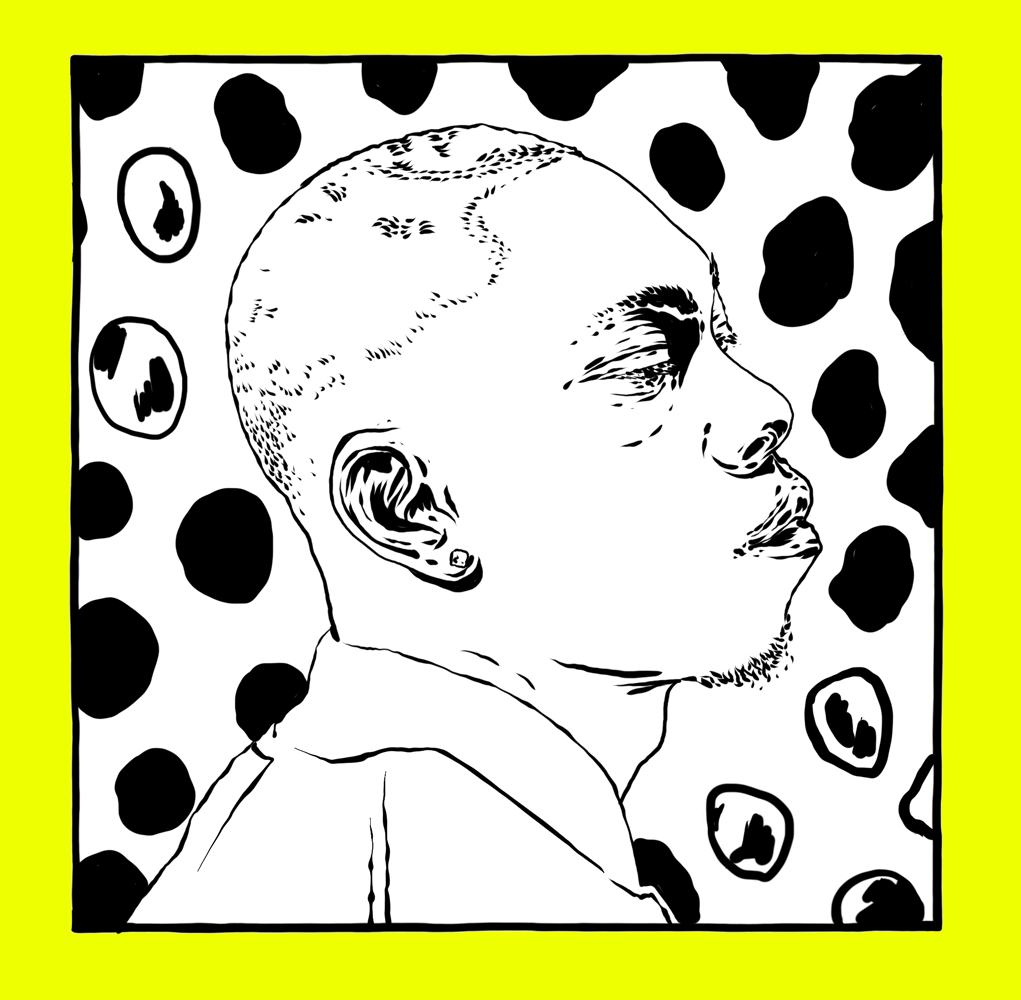
Indeed, some of Dizzee’s biggest early singles, tracks like “Fix Up, Look Sharp,” “Stand Up Tall” and “Jus’ A Rascal,” were not just the grimier precursors to hits like “Bonkers” that made him Britain’s first black pop superstar. In their boisterous, playful style, they also reproduced a kind of East London barrow-boy charisma, almost music hall in its sensibility. How many Top 20 hits can claim to have opened with a battle-cry of “OIIIIIIIIII!” and a Carry On-style cackle? Too few, certainly.
Dizzee’s delivery was so (London) English, in fact, with its dropped ‘t’s and adolescent insouciance, that it actually tripped him up on the road to international success. When he toured the US for the first time in 2004, he spat his yelping, double-time flow over classic US rap beats from the likes of Brooklyn’s M.O.P while appearing on Los Angeles’s famous rap station Power 106 with DJ Felli Fel. All was well until the end of the slot, when, chatting with Felli Fel on air, there was a telling obstacle: the DJ literally could not understand Dizzee’s accent. He asked Dizzee to repeat the name of his debut album no fewer than three times in a row. Eventually Dizzee, sounding slightly exasperated, just spelled it out: “B-O-Y…”
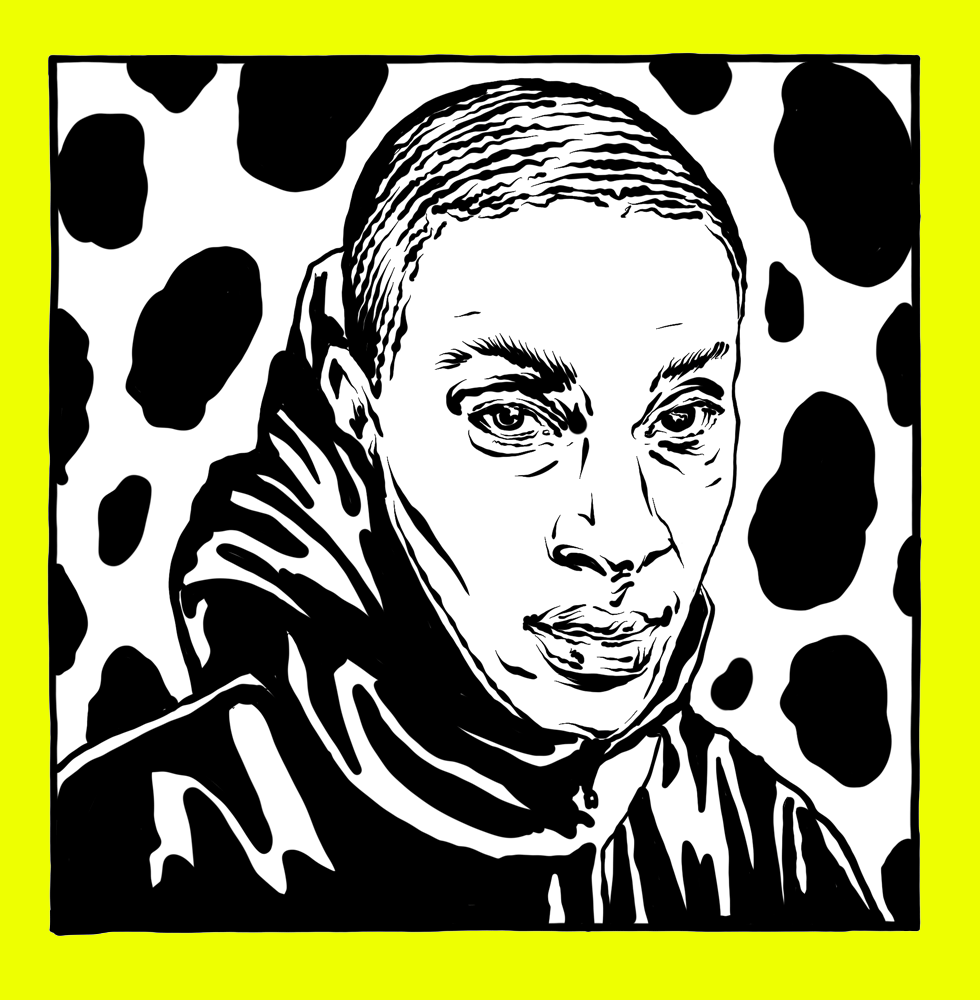
First-wave grime MC Bruza, also from East London, is the name that first comes to mind for “cockney grime” due to his especially boisterous delivery, frequent use of cockney rhyming slang and proud self-identification as “brutal and British.” And then there are his white MC peers from those early days, like OT Crew from Barking, who made what you could call “geezer grime.” MCs like Syer B and Dogzilla, repping “Barking and Dogenham,” had some underground success with tunes charting their heartfelt quests for the finer things in life: “Where’s All The Beer?” and “Where’s The Money?,” testaments to their laddish affection for UFC, West Ham United and beer; all things you can hear in their accents as much as their lyrics.
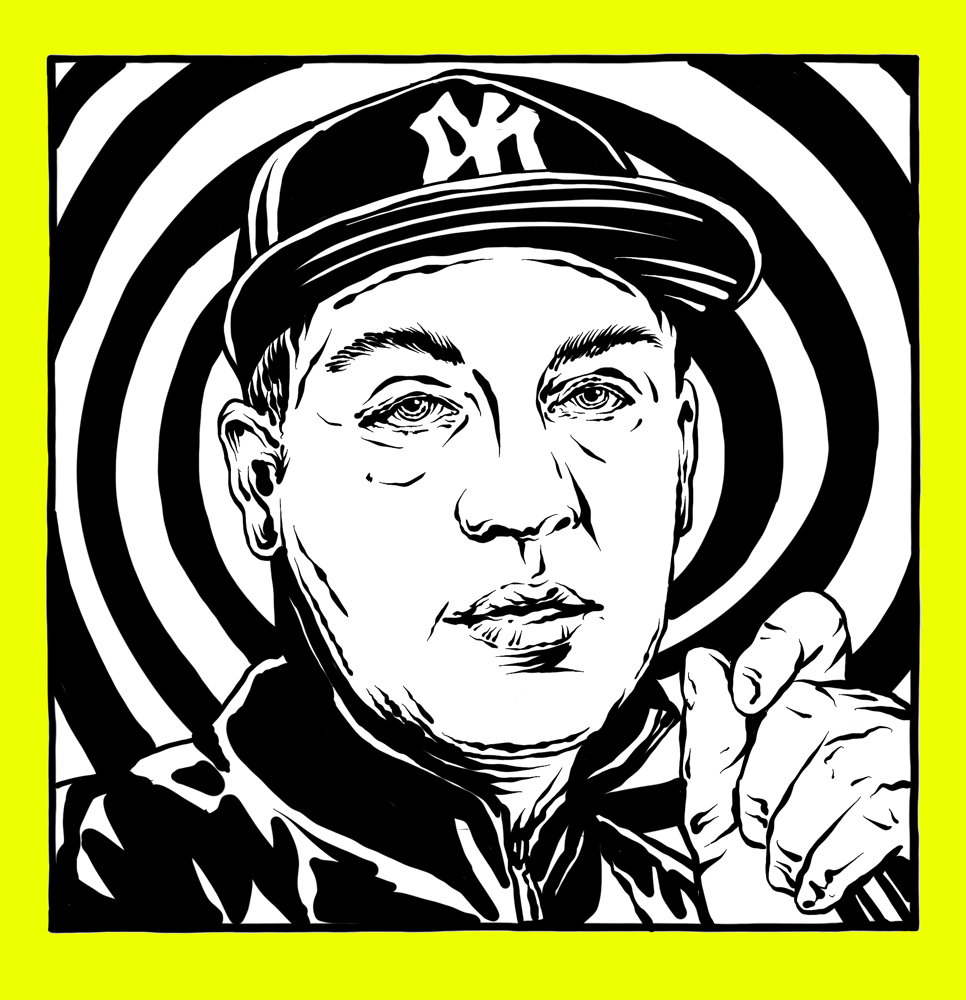
While some MCs’ words still sound as though they are tripping over themselves on the way out of their mouths, Skepta very deliberately chose the most clear-voiced, discernible flow he could. As he told me in 2007, he wanted to be understood by as wide an audience as possible. "Put me up against gimmick, sound-effect or skippy-flow man,” he taunted in his early rave bars – with the implication that he’d merk all three of them. A live clash on Logan Sama’s KISS FM show that same year saw Skepta facing down the super-fast skippy flow and technical lyricism of Ghetts, highlighting an interesting tension over different styles of MCing. Speaking about himself in the third person, Skepta went after Ghetts’ technique: “Skepta, how did you kill him like that, when he’s skipping all over the riddim like that? You will never hear me spitting like that… I like the basic shit, I don’t like too many words in a sentence,” he announced.
Skepta is the punk scene trashing prog rock: Why is long and convoluted inherently better? “Go on then spit a 32 bar lyric, I’ll rustle up an 8 bar lyric, to dun your lyric” he told Ghetts, dismissing his crew the Movement’s fondness for a more complex lyricism, punning and wordplay. Skepta castigates this kind of borrowing from US hip-hop (and Kano) – it’s foreign, and somehow intrinsically inauthentic for a London grime MC: “I make the best grime music: some man run up in the booth and lose it, start spitting like Dipset, D Block and G Unit / Kano brought a new flow to the game, now I look around: 10 million MCs in the grime scene want to use it / It’s my job to make them look stupid.”
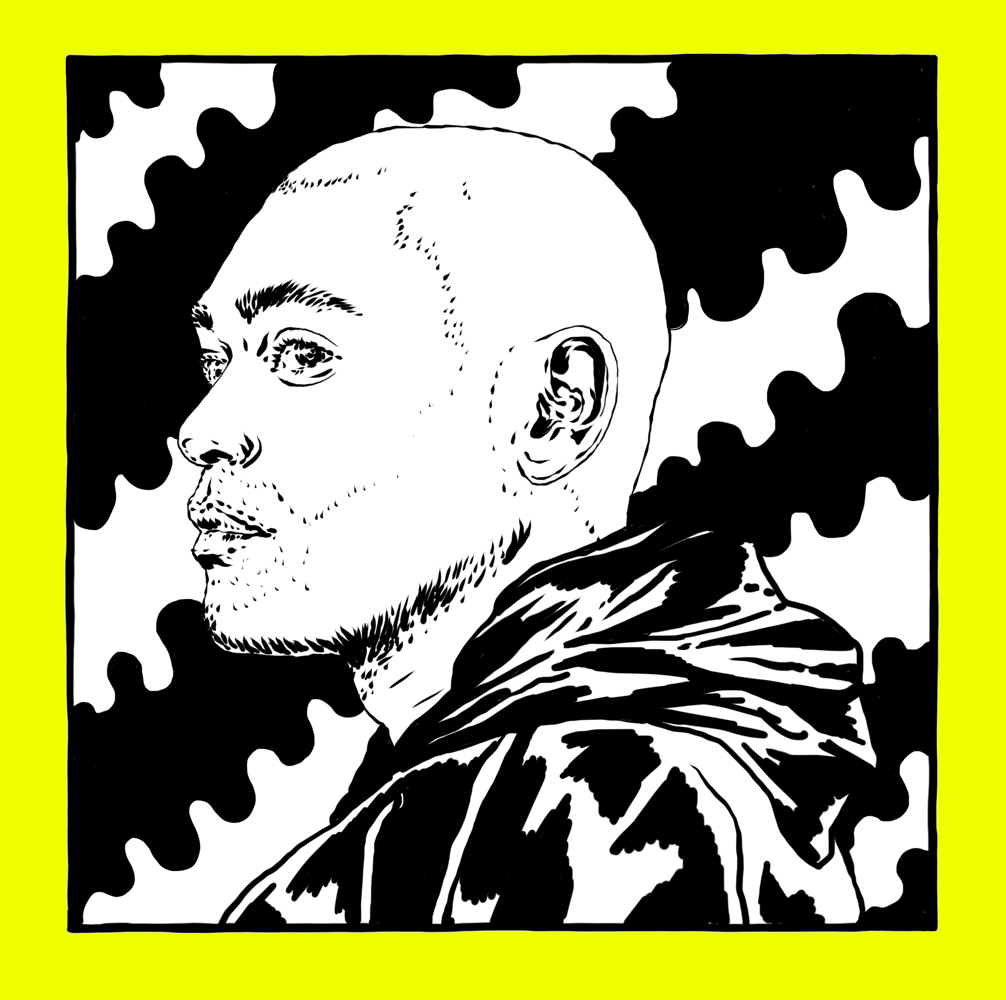
Listen closely to discussions among grime fans in 2018, and you’ll find an occasional nostalgia, especially among the older generation, for a time when a unique flow was so critical, and MCs’ styles so varied. Certainly, a period when you might hear voices as diverse as Crazy Titch, Maxwell D, Kano, D Double E and Dizzee one after another has a lot to commend it.
It seems fair to say that the current wave of new MCs – shorn of the quasi-anonymity of pirate radio, their every moves charted by social media, their every performance uploaded to YouTube – do not have the same pressures the pirate generation did that forced them to stand out on the mic. Does this mean their styles have become more samey? Or are these technological changes forcing innovations in new ways?
Dan Hancox is the author of Inner City Pressure: The Story of Grime.
Header image © Elena Gumeniuk
